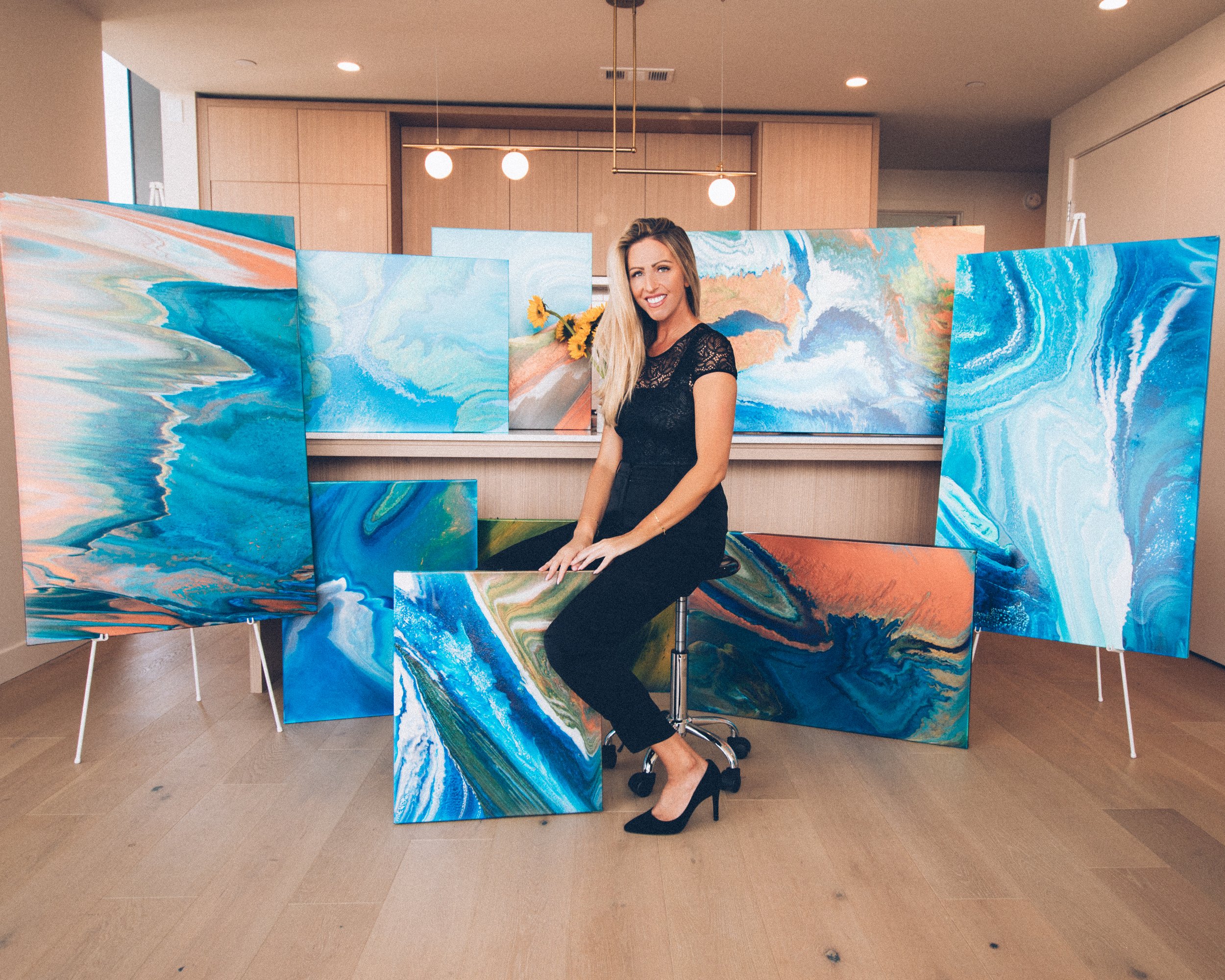As a keynote speaker, I make it a practice to never hide away in the greenroom prior to my presentation. Before I step on stage, I’ll make myself comfortable out in the crowd, breakfast plate in hand, chatting and getting to know your team, soaking up the feeling of what it’s like to be a part of your organization’s culture. Not only does this help me understand who I’m about to speak for and to, but it also calms my nerves by allowing at least a few meaningful connections to be made before I step on stage. This habit also goes for any presentations, panel discussions, or lead up to my part of the program- count me in.
Yesterday, this practice led to an eye-opening concept I haven’t been able to get off my mind: The Disorienting Dilemma, a model from Jack Mezirow’s transformative learning theory where a “transformative learning experience usually denoting a life crisis triggers a questioning of assumptions, resulting in transformed beliefs” (Taylor, 2000).
While sitting in the front row of the Megaplex Theatre in Sandy, Utah, with one of my favorite clients, an international tech company focused on customer experience, I heard a term that stopped me in my tracks: The Disorienting Dilemma. This term was casually thrown out during an on-stage conversation with the leadership team, when one of the panelists was asked about a time they had “messed up, failed, or made a professional mistake”. I immediately leaned in, because there’s nothing I love more during a professional panel than to hear a question which requires vulnerability, being asked in front of hundreds of team members.
To my surprise, the panelist answered in an incredibly honest, open way, by sharing that he had developed a huge ego after years of big success and the sale of his company. He was on top of the world, yet leading in a way that left his employees feeling unheard and unappreciated. The panelist went on to share that the sudden, tragic loss of a family member brought his life and work to a halt, requiring him to face his new reality, and forcing a transformative perspective shift. He shared that this disorienting dilemma was what allowed him to eventually see the folly in his ways. He went on to make a conscious effort to get his hubris in check and become a more inclusive and approachable leader who listened to and acted on behalf of his team members.
Whenever we watch a panel discussion from an audience perspective, I imagine that most of us internally contemplate how we would answer the same question if we were up there on stage, in the hot seat. My mind immediately went to my disorienting dilemma, when I learned, I was not related to Amelia Earhart, as I once previously believed. This moment, while painful, confusing, embarrassing, and shameful at the time, is what led to my own transformative perspective shift, the one that taught me that in order to live up to this big name I’d been given, I would need to harness the power of relating to Amelia, rather than being related to her through a genealogical connection. If you’ve seen my keynote presentation, you know this story lies at the heart of my message surrounding identity and is the story I share in order to deliver life’s “flight lessons” to my audiences.
Each one of us has been through, or will go through, one or multiple disorienting dilemmas, some big, some small; but each, over time, has the potential to open the doors to transformative perspective shifts that have the potential to open our eyes to becoming a better leader, better team member and most importantly, a more wholehearted person.
The panelist in this example could have simply answered the question about a mistake he’d made by staying surface level and sharing a simple example with a simple outcome. Instead, he opened up to us all, sharing humble insight to his real growth and change as a professional and an individual.
He earned my respect in that moment.
As I continue pondering the meaning within this term, I’d also love to know how your disorienting dilemmas have changed you and how they’ve shaped who you are today.
When asked about these times do you stay surface level or dive deep to the heart of the matter? Each one of us has a different comfort level to these types of questions, but I believe that even in a professional setting, this type of connection between the speaker and the audience can be appropriate, and in some cases, even transformational.
Purchase Jack Mezirow’s book Transformative Dimensions of Adult Learning: https://www.amazon.com/Transformative-Dimensions-Adult-Learning-Mezirow/dp/1555423396/ref=cm_cr_srp_d_product_top?ie=UTF8




